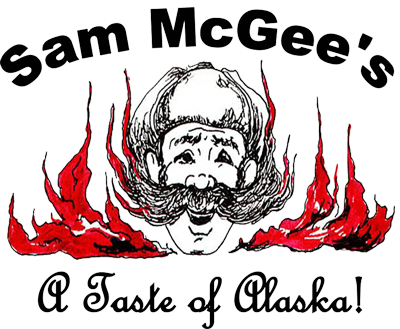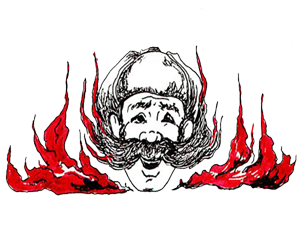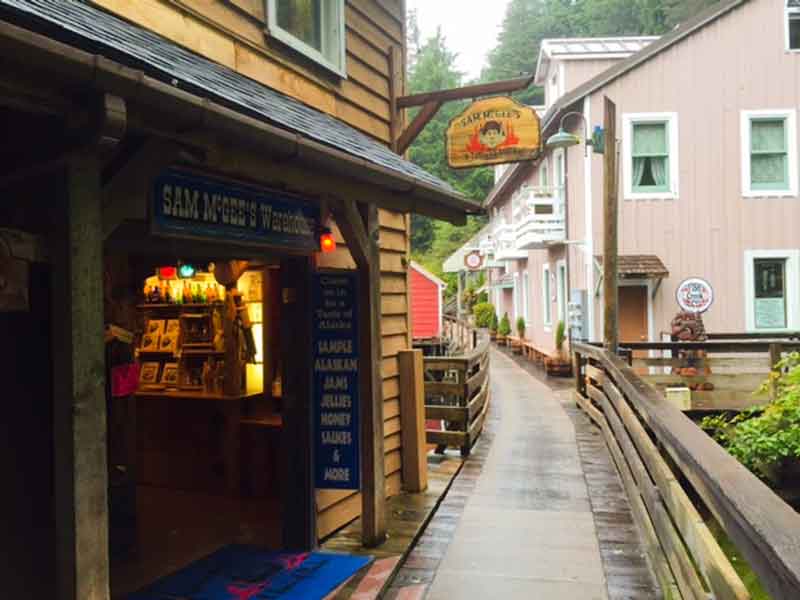
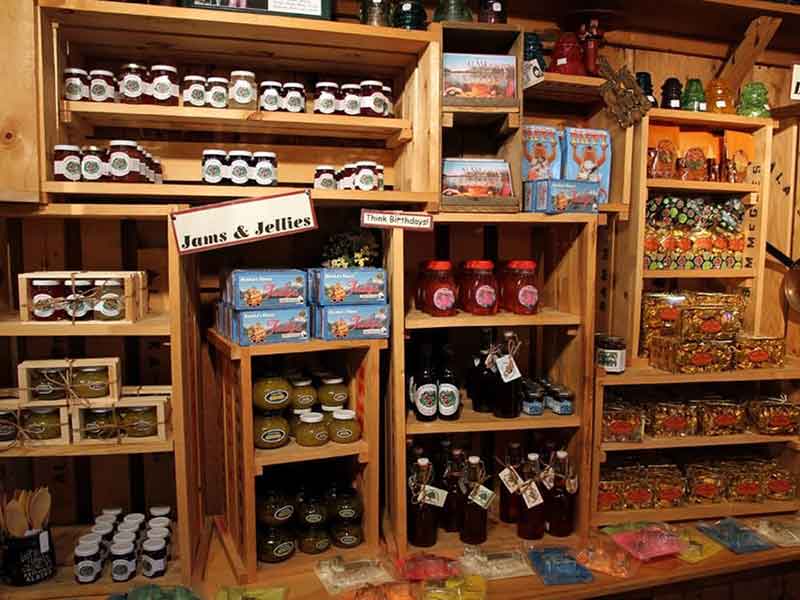
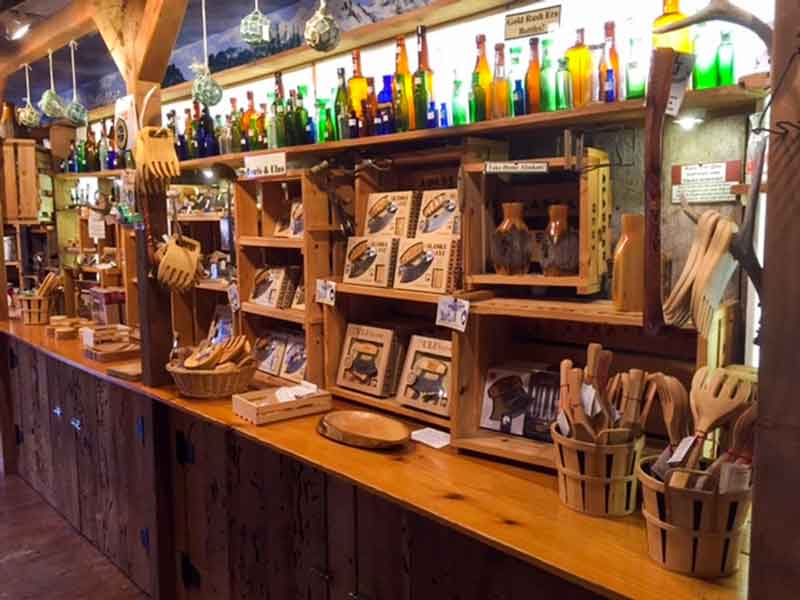
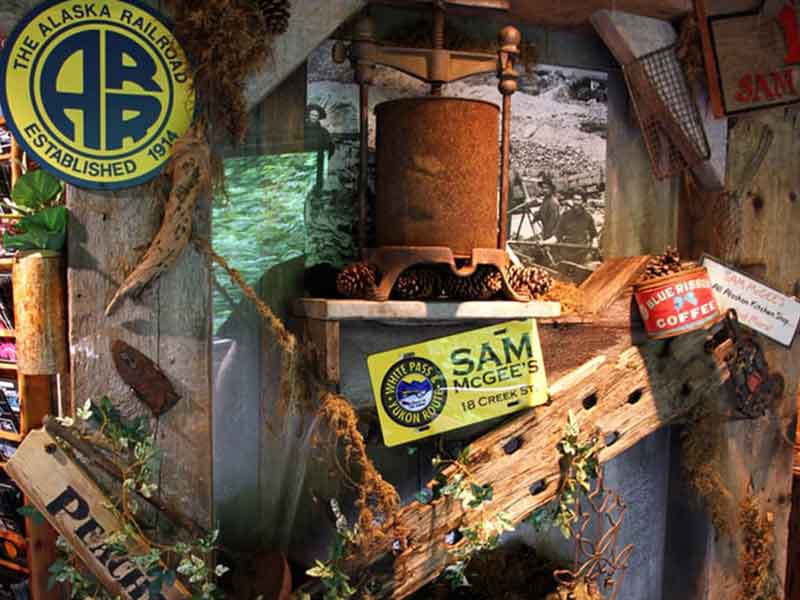
About Sam McGee's
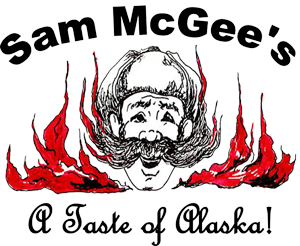 Sam McGee’s was established on Creek Street, Ketchikan, Alaska in 1996. Owned and operated by the Hauser family (who have owned stores in Ketchikan since 1987), Sam McGee’s strives to have the largest selection of Made In Alaska products sourced from throughout our great state.
Sam McGee’s was established on Creek Street, Ketchikan, Alaska in 1996. Owned and operated by the Hauser family (who have owned stores in Ketchikan since 1987), Sam McGee’s strives to have the largest selection of Made In Alaska products sourced from throughout our great state.
Creek Street, A Brief History
From the early 1900’s until 1954 Creek Street was the red-light district of Ketchikan. In 1903 the various houses of ill repute around Ketchikan were required by the city council to move to a more secluded part of town, Creek Street, which already hosted a number of brothels, was chosen. Since then Creek Street has had a reputation for being a place to go for a good time and to perhaps find a bargain or two.
The Cremation of Sam McGee
by Robert Service
Robert William Service (January 16, 1874 – September 11, 1958) was a British-Canadian poet and writer who has often been called “the Bard of the Yukon”. His vivid descriptions of the Yukon and its people portrays the Klondike gold rush and helps shape our collective history of this time.
“The Cremation of Sam McGee” is among the most famous of Robert W. Service’s (1874–1958) poems. It was published in 1907 in Songs of a Sourdough. (A “sourdough”, in this sense, is a resident of the Yukon.) It concerns the cremation of a prospector who freezes to death near Lake Laberge, (spelled “Lebarge” by Service), Yukon, Canada, as told by the man who cremates him.
The night prior to his death the title character, who is from the fictional town of Plumtree, Tennessee, asks the narrator “to swear that, foul or fair, you’ll cremate my last remains”. The narrator knows that “A pal’s last need is a thing to heed,” and swears he will not fail to cremate him. After McGee dies the following day, the narrator winds up hauling the body clear to the “marge [shore, edge] of Lake Lebarge” before he finds a way to perform the promised cremation.
A success upon its initial publication in 1907, the poem became a staple of traditional campfire storytelling in North America throughout the 20th century. An edition of the poem, published in 1986 and illustrated by Ted Harrison, was read widely in Canadian elementary schools.
